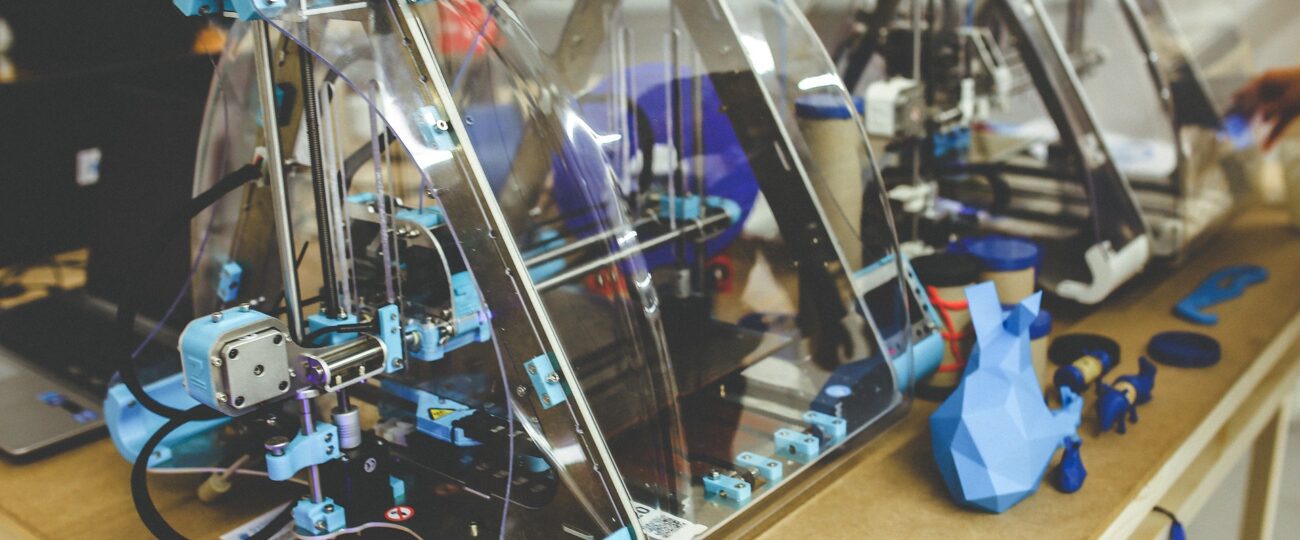The first-ever 3D-printed bridge became open for use in Amsterdam on July 19.
After being in production for six years, the 12-meter bridge built by Dutch robotics company MX3D is now in use for pedestrians — and it has many feeling optimistic about the future of what is capable with 3D printing.
The company claims the bridge shows how 3D printing technology can lead to more efficient structures that use fewer materials.
“This robotic technology finally allows larger optimized designs to be 3D-printed in metal,” MX3D co-founder Gijs van der Velden said. “This causes significant weight reduction and reduced impact for parts manufactured in the tooling, oil and gas, and construction industries.”
Other organizations around the world are also pushing the boundaries of what 3D printing can do. The Italian 3D printing company WASP uses soil to print sustainable shelters, and the city of Dubai plans to 3D-print 25% of its buildings by 2030.
Some think that the United States should take advantage of this construction method to update its infrastructure system. According to a 2019 report by the World Economic Forum, the United States ranks 13th in the world for quality of transportation infrastructure. Most bridges in the U.S. are only designed to last 50 years, and as of 2021, about 40% of bridges have already surpassed their life expectancy.
“In the search for methods to lengthen the longevity of our bridges and roads, conserve resources, and increase safety, 3D printing may be a legitimate option—and this steel bridge is the perfect case study,” wrote Laura Rider, summer 2021 intern for Popular Mechanics, in an article for the magazine on Aug. 25.
Also gaining traction is the attempts by organizations to create 3D-printed meat intended for consumption. Scientists at Osaka University in Japan have printed lab-grown steak that resembles products made from the breeds of Wagyu beef cattle.
The team of scientists accomplished this by taking two types of stem cells from Wagyu cows, incubating them, and then converting them into muscle, fat and blood vessel cells.
The team says that this could lead to consumers being able to customize their steak, but this is likely to be pricey until it goes into wider practice.
Keller Rogers, a freshman illustration major, said he would eat 3D-printed meat, but would not pay more to get it.
“I’d definitely try it,” Rogers said. “But for everyday meals, I’d go for what’s cheaper.”
3D printing meat becoming more cost-efficient could also lead to animal cruelty concerns being eliminated by getting rid of the need for restaurants to slaughter living animals and for researchers to use animals for clinical trials.
Fast food companies such as McDonald’s are often criticized for their poor conditions for animals in slaughterhouses.
According to the World Animal Protection, “McDonald’s has shown a lack of progress in stopping the use of fast-growing meat chickens. These chickens are born to suffer. They are genetically selected to grow so fast, their legs often buckle under their own body weight. And they can suffer from a range of severe leg, heart and lung problems, as well as other illnesses.”
Researchers at the University of Stuttgart and Robert Bosch Hospital are working on 3D-printed tissue that could replace animal testing in clinical trials.
“If we are able to filter out the best drug candidates in ex-vivo culture systems, we can significantly reduce the number of experimental animals used in final preclinical tests,” Dr. Roland Kontermann of the University of Stuttgart said. “To replace animal testing altogether, de-novo and in-silico models will offer great potential in the future.




